Following the design and analysis phase, computer aided design (CAD) files are usually converted into polyhedra file formats for preparation and manufacturing in 3D printers. STL (STereoLithography or Standard Tessellation Language) is the most common polyhedra file format, having originally been developed to translate CAD files into a readable format for 3D printers in 1987.
Overall, there is no doubt that STL has its limits in terms of retaining design intent. In fact, STL can only read a 3D object’s surface geometry without color, texture or other design elements. It is for this reason that Microsoft and others are trying to push 3MF as an alternative.
However, STL’s universality and enduring use make it a tried-and-tested format, one that many engineering teams, manufacturers and universities are relying on today.
What is STL?
STL was introduced 30 years ago to translate 3D objects designed in CAD suites for use by stereolithography 3D printers. Since then, STL has spread across multiple generations of 3D printers, including those built on different technology such as extrusion and jetting.
The advantage of STL, much like IGES, is that it’s widely adopted in the additive manufacturing industry. This enables for file sharing between different organizations (and workflows) - such as a product designer and manufacturing partner - with minimal need for file healing (provided the right software is integrated to the tools used by each party).
STL encodes in one of two formats - binary and ASCII (American Standard Code for Information Interchange). Binary enables you to save smaller file sizes (making it easy for loading into a 3D printer), but ASCII is sought because it is easier to read and enables for refinement.
However, STL has its limits.
First, STL will only encode - via tessellation - the 3D object’s surface geometry, i.e. it will omit the original design’s colors, textures and other design elements.
Second, modifications done in STL - such as modifying the support structures or other edits for printability - do not automatically return to the original file made in CAD. To maintain consistency one would have to modify the CAD file first, which is a one-way and inefficient process.
Third, STL cannot save mesh topology. For example, if you use the ASCII format to reduce a 3D object’s coarseness (i.e. by increasing the number of triangles), the resulting file could be prohibitively large for most 3D printers to handle. You are basically bottlenecked into having to compromise between the ideal refinement and the practical limits of STL.
Finally, STL does not include the original CAD file’s metadata, including intellectual property and information about the original designer of the 3D object.
Alternative File Formats to STL
There are numerous alternative file formats to STL, including OBJ, VRML, FBX and others. But arguably, the leading movement to supplant STL is being spearheaded by the 3MF Consortium.
The 3MF Consortium is promoting the 3MF file format, which - unlike STL - can read the original 3D object’s full design intent. This includes its color, texture and metadata, which should enable emerging and next-generation 3D printers to easily - and in full-fidelity - read detailed 3D objects made in advanced CAD suites such as SolidWorks.
Technically, 3MF is very promising. First, it doubles down on ASCII in XML (instead of binary) to enable both full-fidelity details and refinement without ballooning the final file’s size. Second, it has been designed to be extensible for emerging 3D printing technology and concepts.
However, 3MF is a factor for the future. Today, STL is still the workhorse of preparing files made in CAD suites for 3D printing. Thus, it is imperative that your applications and 3D printers focus on perfecting the use of today’s standards while also, ideally, keeping an eye on the future.
Workflows Still Leverage STL
Despite STL’s limitations, many additive manufacturing workflows still leverage STL. In fact, one should also consider how the inherent limitations of STL are also favourable in some respects.
First, a barebones 3D object file without the complete design intent and encoded in binary (i.e. with little concern for coarseness) may not matter at the prototyping stage. Rather, prototypes are sought for testing, verification and iteration feeding into the final design.
Download Our Free Case Study on How 3D InterOpHelped Renishaw Heal STL Files
Download Now
Second, because STL has been in use for over 30 years, the additive manufacturing industry has built a sizable ecosystem of expertise as well as hardware and software tools to make its use tenable. Due to constraints such as cost, businesses are unlikely to rapidly pivot to 3MF; rather, that shift (if it is to occur) would only occur through a gradual and long-term process.
Today, the focus of 3D printing software applications and hardware should be to cater to the concerns of today’s users in managing STL files. Not only would it make good business sense since it is a current problem, but you can leverage mature software solutions available today to cost-effectively build competitive additive manufacturing solutions.
Leverage 3D InterOp in Your Apps & 3D Printers
You can help your users reduce the time they spend with healing STL files. Start by considering Spatial’s 3D InterOp software development kit (SDK), which will enable your end-users to export CAD files into STL with integrated file healing. This will enable them to reduce the time spent on fixing files and more on the core 3D object design and/or printing process.
Not only does 3D InterOp enable file exports from CAD to STL, but you can also equip your end users with applications that are able to read other CAD formats, including SolidWorks, Autodesk and other industry leading CAD suites.
Finally, Spatial’s parent company - Dassault Systèmes - is also a founding member of the 3MF Consortium, which positions Spatial as a partner that is engaged in current and future additive manufacturing development.







.jpg?width=450&name=Application%20Lifecycle%20Management%20(1).jpg)






